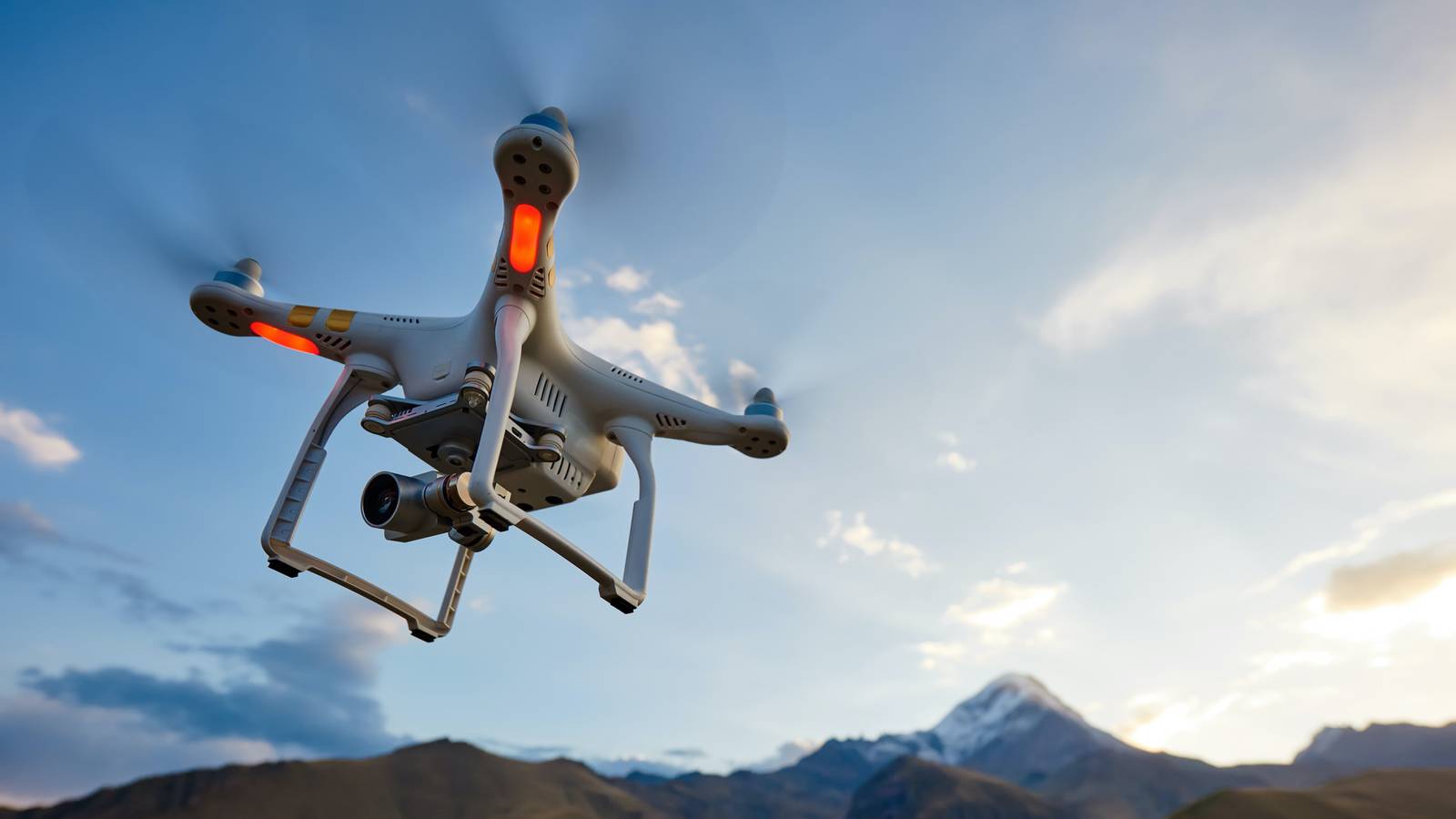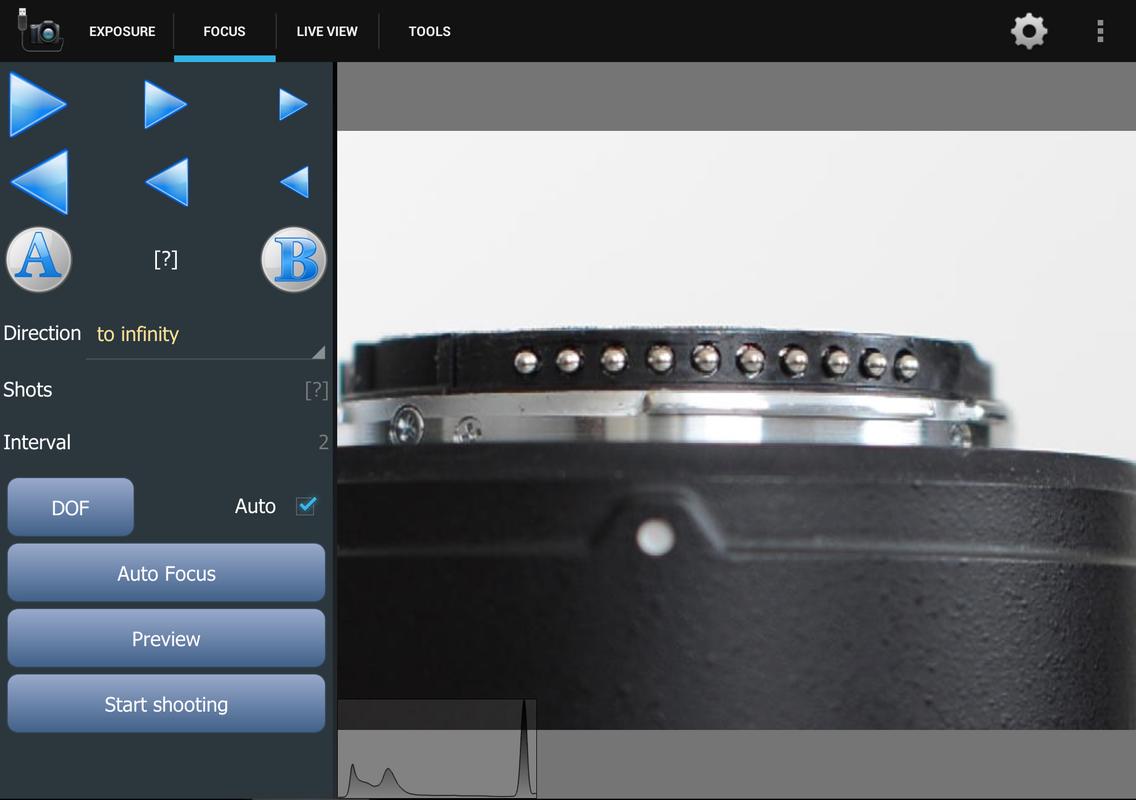

USING HELICON REMOTE FOR SHOOTING LANDSCAPES SOFTWARE
The images are then layered in software and blended together so that the sharp details in each layered frame are shown and the out of focus details from the images are masked out. Photograph a scene or an object multiple times with each frame shot at a different focus point while all other settings remain the same. The principle behind focus stacking is fairly simple. Thankfully digital photography allows us to achieve massive depth of field through something called ‘focus stacking’. However, Tilt/Shift lenses are expensive, complicated and slow to use, and to top it off, are heavy. In the past it was possible to achieve this extended depth of field using a Tilt/Shift lens taking advantage of something called the Scheimflug effect (basically tilting the lens so that the focus plane can effectively be extended). With some images, even using a small aperture like f22 still doesn’t get the required amount of depth of field (this is particularly the case in close-up photography). Due to diffraction limitation, the sharpness of an image declines as you stop down past a certain point (around f8 in most lenses).

Stopping down the aperture to achieve a greater depth of field comes at the significant cost of sharpness. Some images need an area to be in focus that is beyond the physical capabilities of the lens in use. Depth of field in an image can sometimes be quite tricky to get right.


 0 kommentar(er)
0 kommentar(er)
